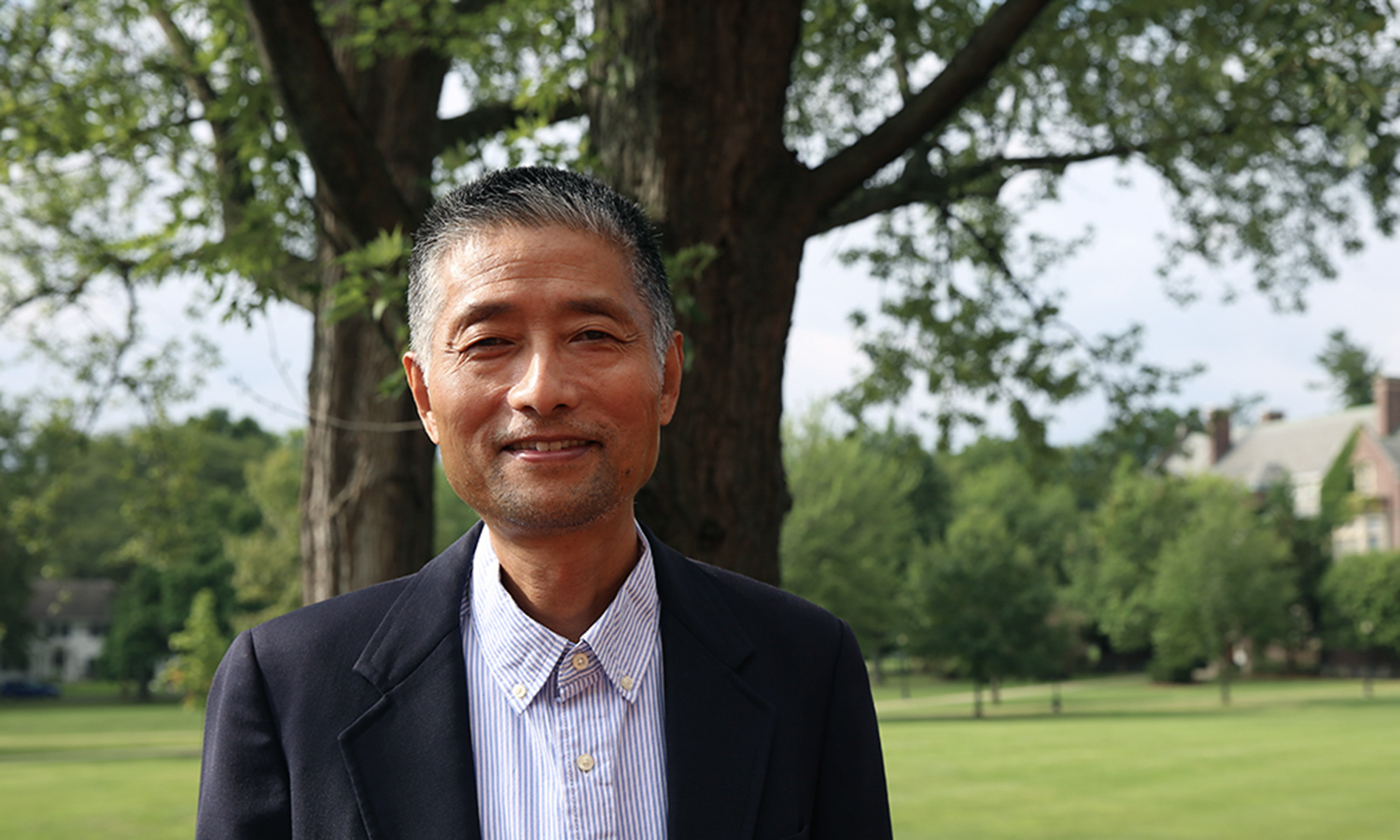
HWS News
11 December 2024 • Faculty • STEM Exploring Ancient Innovation: Experimental Archaeology and Paleotechnology
ANTH 310 engages students in hands-on exploration of Upper Paleolithic technology.
How did early humans adapt and thrive with the tools of their time? This question drives “ANTH 310: Experimental Archaeology and Paleotechnology,” where Visiting Assistant Professor of Anthropology Brian Clark and his students blend scientific inquiry with creative experimentation to uncover the ingenuity of our ancestors.
Recently, the class took their studies outdoors to Cozzens Field, testing hand-crafted atlatl darts—sophisticated projectile weapons from the Stone Age— and bringing ancient innovation to life through experiential learning.
These six-foot-long darts, built by the students, incorporate a range of intricate techniques: flintknapping, fiber twining, mastic application and fletching. Using a “spear thrower,” students learned how Upper Paleolithic hunters extended their range and force far beyond traditional hand-thrown spears.
“The atlatl represents a critical technological step between simple spear-throwing and the eventual development of the bow and arrow,” Clark explains. “To truly understand why Paleolithic people used these technologies, we have to recreate and experiment with them. This process forces us to grapple with variables—materials, techniques, even weather conditions—that they would have faced. It’s both humbling and enlightening.”
Rebecca Mantione ’25 shares how she constructed her dart. "I used flintknapping obsidian to create stone tools that I then used them to strip bark from a willow branch for a smoother shaft finish. After carving a notch to secure the arrowhead, I dipped it in pine glue and tied it with hand-spun twine. Feathers were trimmed and shaped for aerodynamics, then glued and tied into place. Finally, I notched the dart's end to attach it to a thrower, completing a handcrafted, functional spear."
Class sessions alternate between discussions of archaeological reports and outdoor experiments. “We don’t just read about these technologies; we engage with them directly,” Clark says. “Replicating tools and testing hypotheses gives students a unique, tactile understanding of the past.”
Mantione adds, “The final dart came out looking great, but actually throwing it was so much more fun!”
As a capstone to the semester, students design and carry out independent experimental archaeology projects. These are showcased in a poster session open to the entire campus, highlighting their creativity and findings.
Pictured above, Rebecca Mantione ’25 throws her constructed dart during “ANTH 310: Experimental Archaeology and Paleotechnology.”



